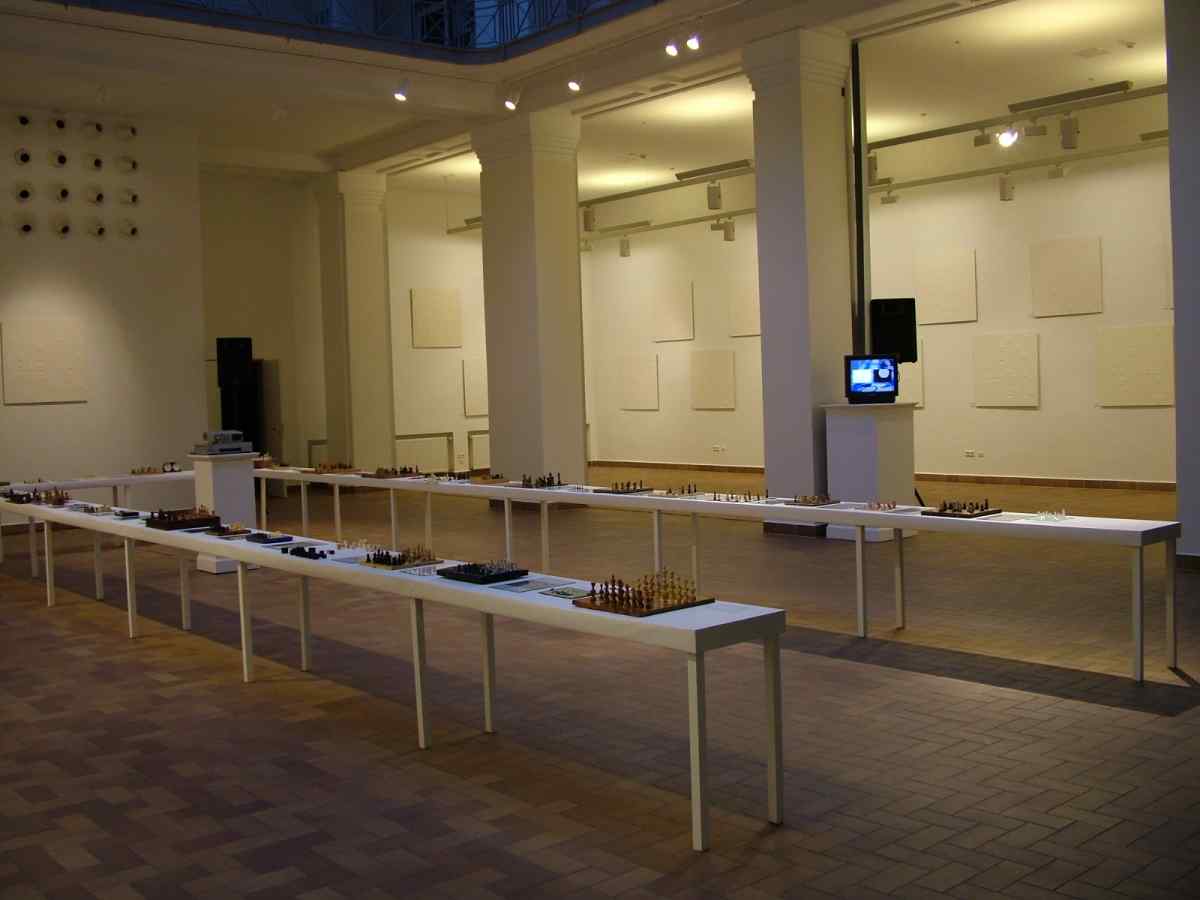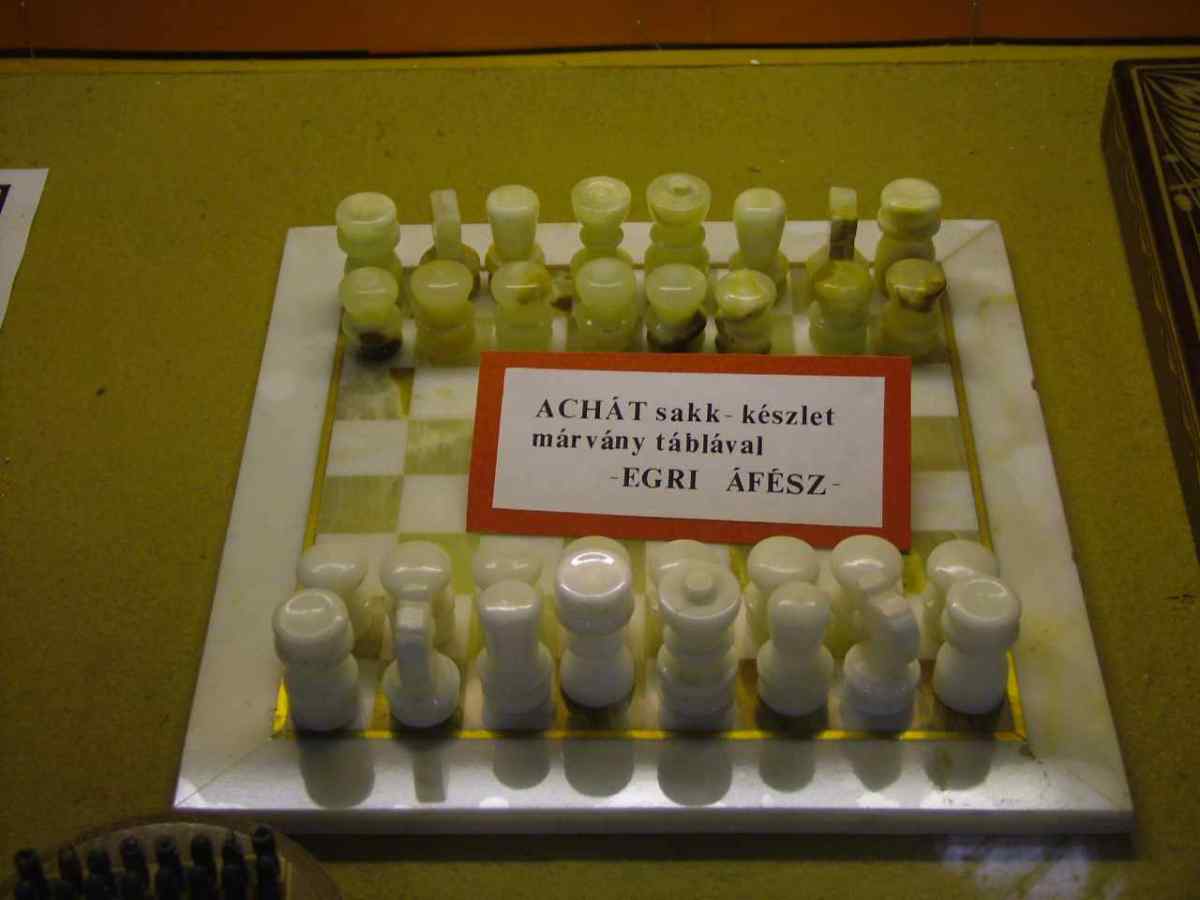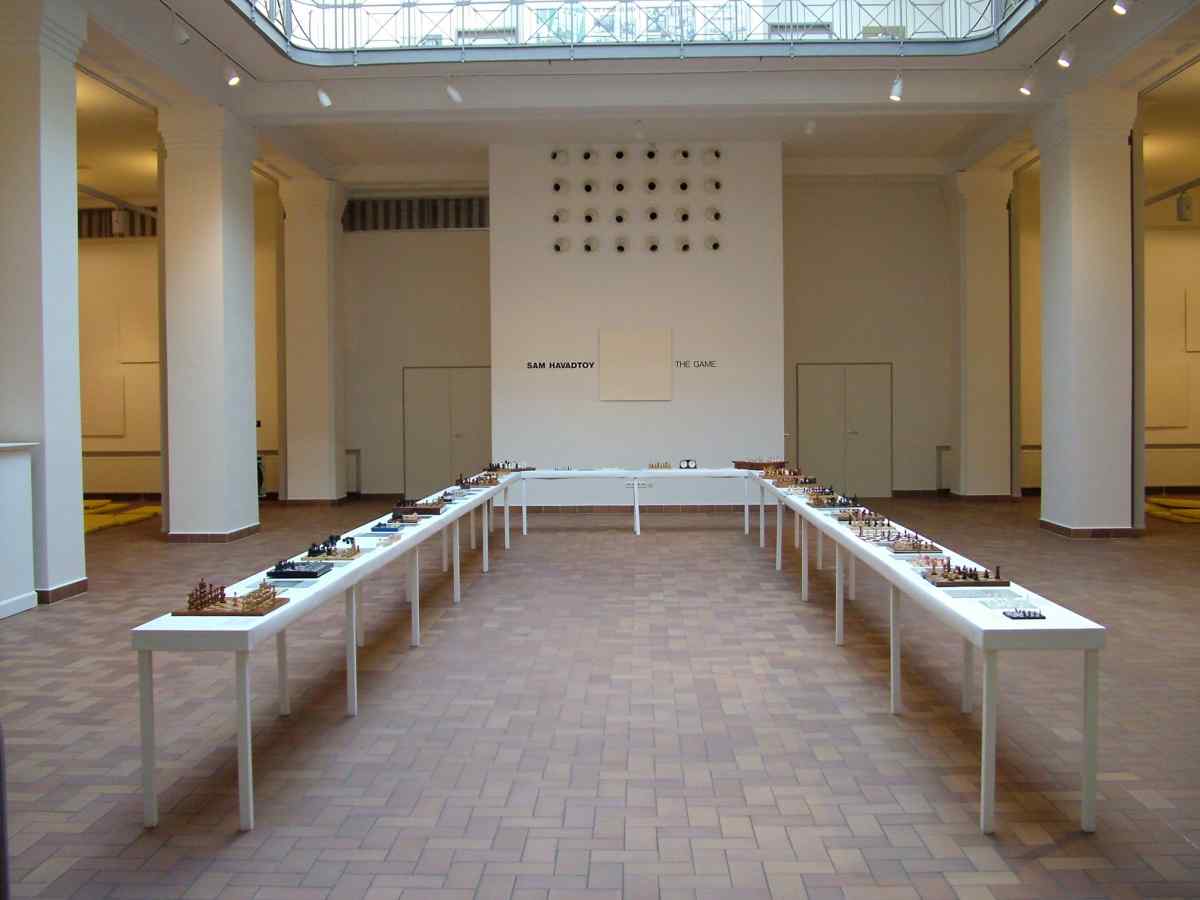The Game
Chess and Communism from Capri to Reykjavik. Sam Havadtoy’s works in 41 steps




Sam HAVADTŐY
design: NEMZETES Ferenc
Sam Havadtoy (Samuel Havadtőy), a Hungarian painter at the forefront of contemporary art, was born in London. Later he lived in Hungary, New York, Geneva, and since 2000 again in Budapest. Throughout his career, he has been in intellectual, artistic, and friendly contact with Andy Warhol, Keith Haring, George Condo, and Donald Baechler, among others, and remains closely involved in the contemporary New York art scene. He lived for 20 years with Yoko Ono, who named Gallery 56, run by Sam Havadtoy from 1992–2000.
Sam Havadtoy’s works are characterized by a mixture of cultural influences: the meeting of Hungarian and European perspectives with American influences. He is mostly considered a “Euro-American” painter. His latest exhibition, The Game, documents, reconstructs, and re-presents the 41 moves of the legendary last game of the famous Fischer-Spassky World Chess Championship final in Reykjavik in 1972. Chicago-born Bobby Fisher’s triumph over Soviet Spassky is remembered as an American victory in the Cold War.
All 41 compositions in “The Game” are self-contained, independent works. The material structure of the works of art is unique to Havadtoy, made up of layers of paint-soaked collage pieces and faintly outlined layers of antique lace.
“Of all the condolence messages and gifts that arrived at the Dakota house after John Lennon’s death, few were stranger and more touching than the handmade 5x5 cm leather chess board sent by world chess champion Bobby Fisher in 1983. That's how we started playing chess with Yoko Ono, and we played three games every day until 2000“—recalls the artist.
Havadtoy has been collecting old laces for a decade, fascinated by their tactile beauty, their infinitely variable shapes, but most of all by the life stories of the unknown women who made them, woven into the laces in an imperceptible, barely visible, yet tangible way. The layering of the lace makes the images almost three-dimensional. By superimposing the different layers, Havadtoy creates his narrative.
The ambiguity of the “lace paintings” stems partly from the ambiguity inherent in the material. From the white lace of the bridal veil to the black lace of the seductive lover, the material of lace carries complex metaphors. Sam Havadtoy is aware of these multi-layered connotations and his art goes to the extreme to exploit one of the main functions of lace, concealment, and covering.